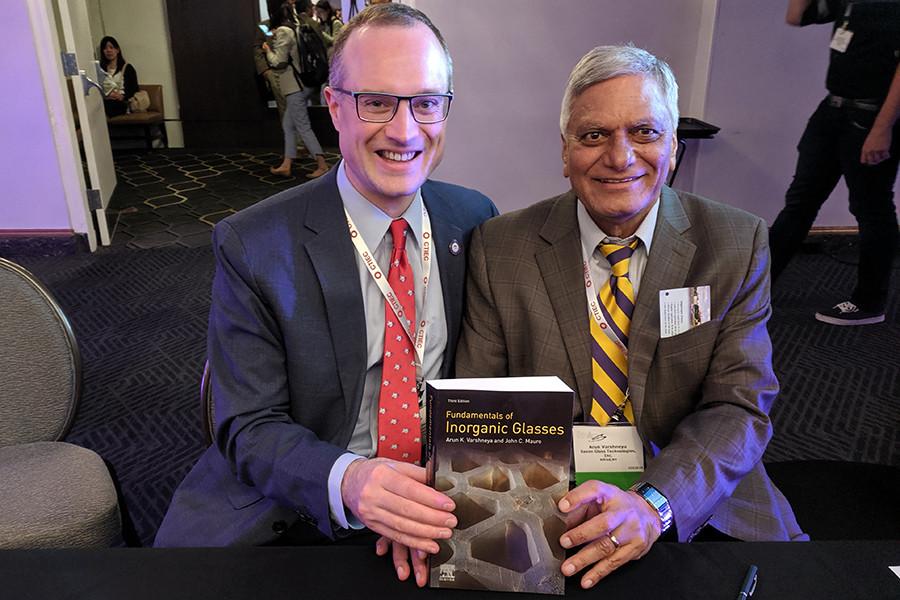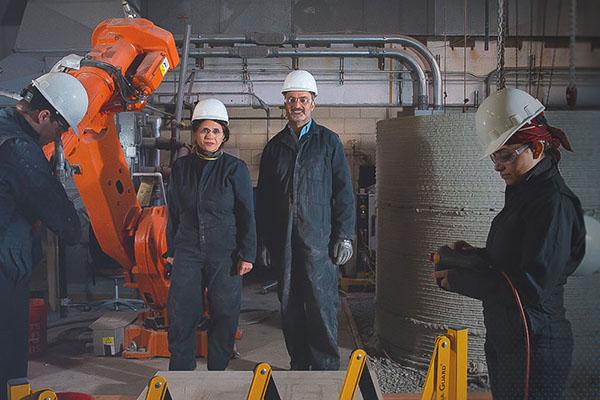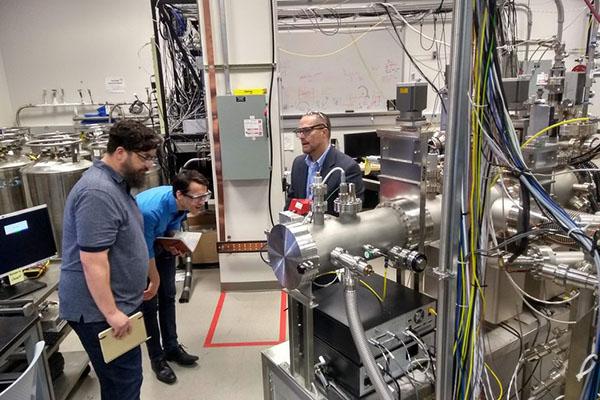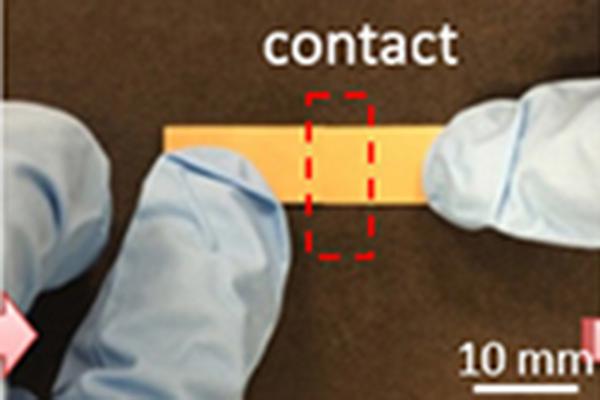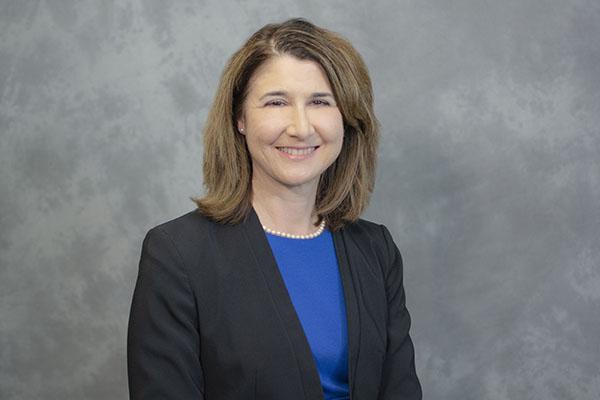John Mauro, professor of materials science and engineering, served as the ICG program chair and Richard Brow, curator’s professor of ceramic engineering at Missouri University of Science & Technology, served as the ICG president. Brow earned his doctorate in ceramic science from Penn State under the direction of Carlo Pantano, distinguished emeritus professor of materials science and engineering.
Penn State researchers are developing 3D-printed building technology that could be used for NASA’s space exploration projects and impact the future of housing on Earth.
Penn State alumnus Delbert Day, inventor and materials scientist, accepted the 2019 Distinguished Alumni Award, the highest honor the University bestows upon its alumni, from Penn State President Eric Barron at a ceremony on May 31, 2019.
Penn State MatSE External Advisory Board Member Titi Shodiya ‘10 and Zakiya Whatley say their bi-monthly show "Dope Labs" isn't your typical science podcast. That's because they are not your typical scientists.
The following individuals from the Department of Materials Science and Engineering have been promoted to associate professor: Nasim Alem, Allison Beese, and Ismaila Dabo.
As part of the Campus Arts Initiative (Campus Arts), a project of Penn State’s Strategic Planning Seed Grant program, Encoded Objects has been paired with the Materials Research Institute from which they will take inspiration for the artwork.
Proof that a new ability to grow thin films of an important class of materials called complex oxides will, for the first time, make these materials commercially feasible, according to Penn State materials scientists.
A technique that introduces carbon-hydrogen molecules into a single atomic layer of the semiconducting material tungsten disulfide dramatically changes the electronic properties of the material, according to Penn State researchers at Penn State who say they can create new types of components for energy-efficient photoelectric devices and electronic circuits with this material.
Electronic materials have been a major stumbling block for the advance of flexible electronics because existing materials do not function well after breaking and healing. A new electronic material created by an international team, however, can heal all its functions automatically even after breaking multiple times. This material could improve the durability of wearable electronics.
Susan Sinnott, head, Department of Materials Science and Engineering, and professor of materials science and engineering and chemistry, College of Earth and Mineral Sciences, has been named one of five from Penn State to The Big Ten Academic Alliance’s Department Executive Officers Program.


